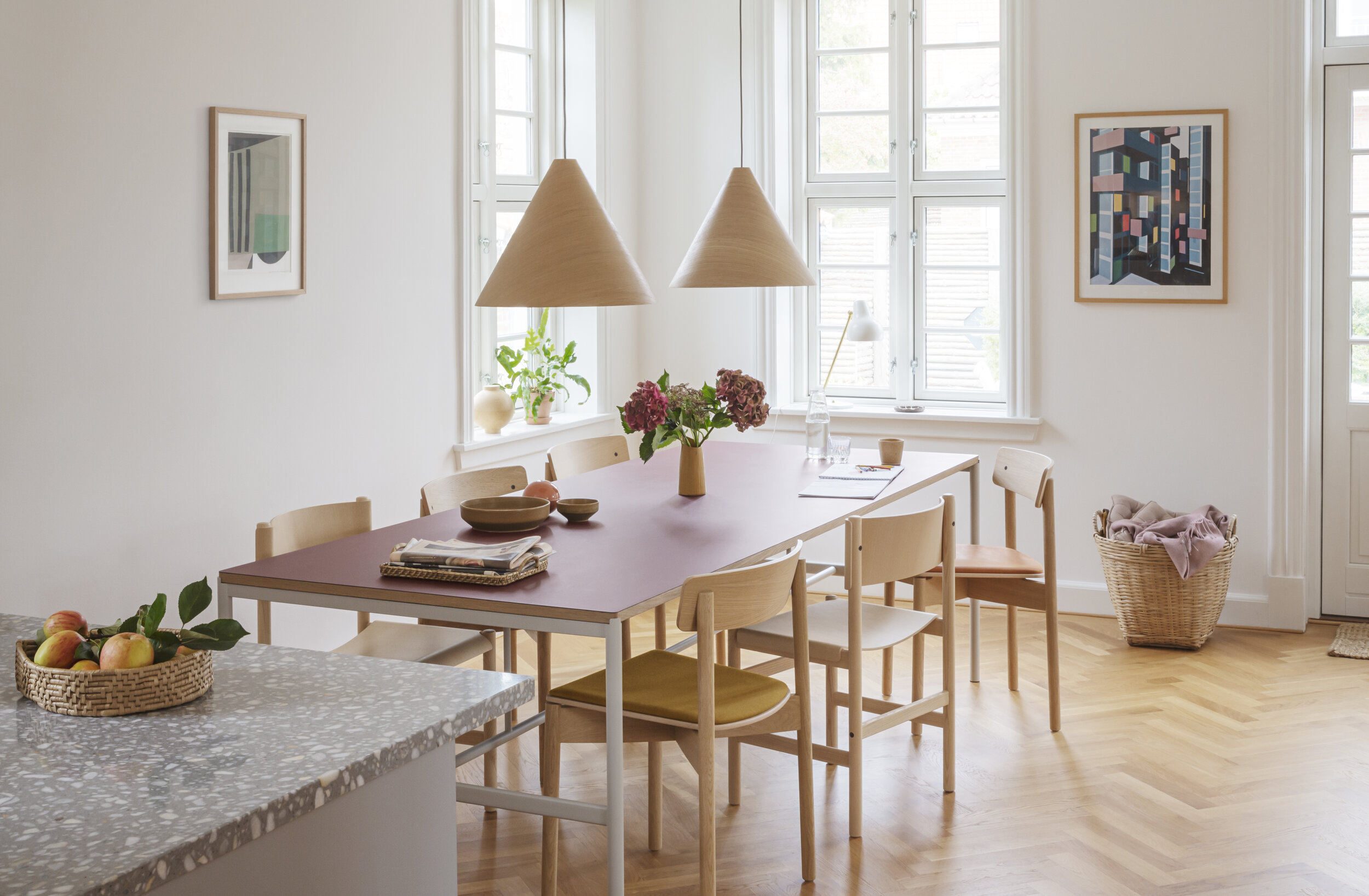Easy-to-assemble furniture: TAKT’s Henrik Taudorf Lorensen
TAKT is a flat-pack furniture company from Copenhagen that is just two years old. Popular for its oak chairs that are easy to ship (and build), the brand specializes in eco-friendly furniture sold directly to consumers. Its aim is to democratize sustainable design through the internet – think, “Danish design with a global outlook”.
In this interview, Reframe speaks with TAKT’s founder and CEO Henrik Taudorf Lorensen about the beauty of wood and circular design. A trained nuclear physicist with a Ph.D. from Technical University of Denmark (TUD), he had careers at McKinsey, LEGO and Bang & Olufsen before his latest venture.
BC: How do you describe your work to your grandma?
HL: I would have told my grandma that we are working to bring good sustainable design to many people. Design that you really want to live with for a long time and that is made in a way that you can be proud of.
BC: What’s the one major thing that needs to happen right now to further efforts in sustainable design?
HL: Authorities need to get moving on regulation around sustainable products so consumers can trust different sustainability claims from manufacturers. The EU Ecolabel is a very good starting point, but we need something similar to validate carbon footprint claims. We need to build trust around how we are talking about this topic so it doesn’t get watered down, or even worse, people start to be cynical about it. Validated facts and transparency are the way forward.
“If you can buy a chair that you can be fond of for twice as long, you have immediately reduced your footprint by half.”
BC: Some people think sustainability isn’t the right word for talking about these issues. What do you think?
HL: At TAKT we often talk about circular design rather than sustainability. It becomes much more precise around what is needed particularly for design objects – to extend the usefulness of the product and making sure that it can be reused, repaired and recycled.
The upfront production and materials are important, but finding ways to extend the lifetime is a real game-changer. If you can buy a chair that you can be fond of for twice as long, you have immediately reduced your footprint by half.
Sometimes you see “sustainable design” that is made partly from some recycled materials, which is great, but if that product ends up in the landfill anyways, because the recycled material cannot itself be recycled, then you haven’t gained that much. Making sure to use materials that can be recycled again and again is super important.
BC: What are some ideas to get more people on board with sustainability?
HL: Reasonable prices and positive impact are not necessarily conflicting. With anything we consume, there is of course a lower limit for how cheaply things can be made with good conscience.
I think it is a lot about knowledge and mindset. Once you start to develop an eye for circular and sustainable design, it is hard to un-learn that knowledge, and suddenly the unsustainable designs start to just feel less desirable. Who wants to live with an object that they know is deliberately bad for the planet?
Another aspect is that it also depends on designers and brands to develop good products that in their own right are relevant and attractive. Looking at products from TAKT, I would argue that you can have very compelling designs, circular and sustainable solutions, and acceptable prices – all at the same time.
“There are many new and exciting materials and developments, but if I had to highlight just one, it would be wood.”
BC: What’s the one most promising technology or development you think the industry should adopt more broadly?
HL: There are many new and exciting materials and developments, but if I had to highlight just one, it would be wood. Wood is an amazing material.
Think about it – it grows relatively quickly and pulls CO2 out of the atmosphere while it grows; it can be processed with relatively little energy, and it delivers the most compelling feeling in a piece of furniture – the texture, the smell, the sound… it just speaks to us on a deeper level.
It can also be reused and recycled in many ways and is biodegradable. (But make sure the wood is certified with FSC or PEFC and comes from forests in your own region to avoid unnecessary transport pollution.)




